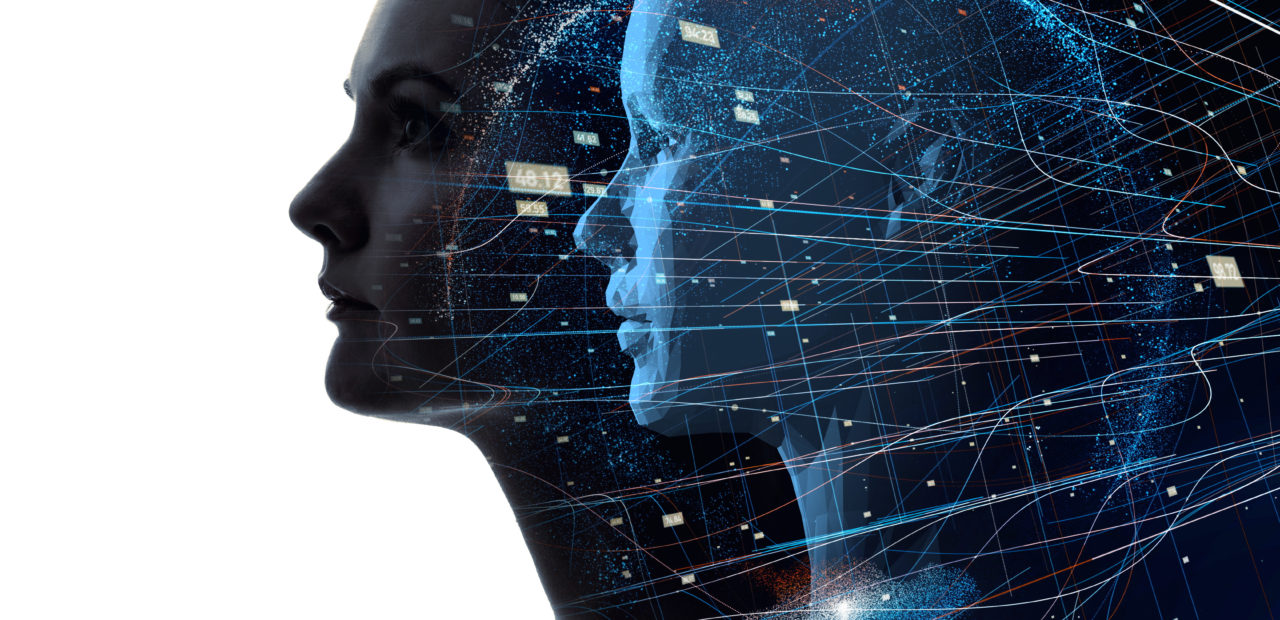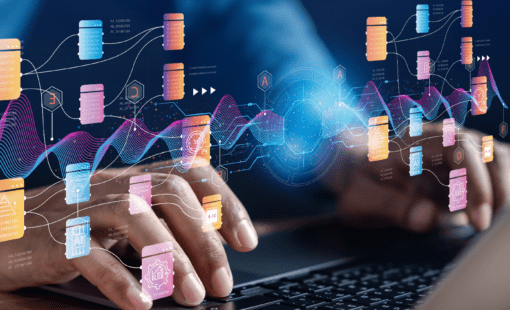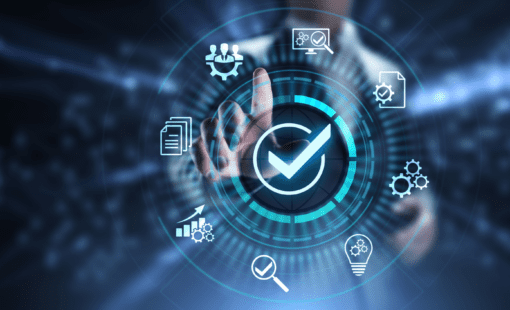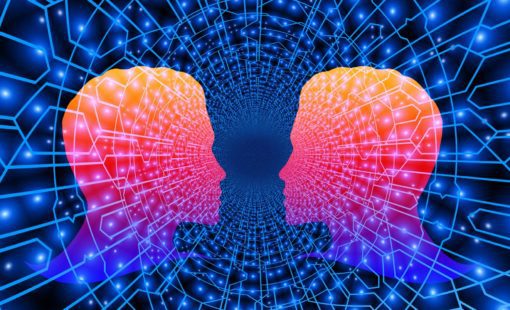Today, there are many new concepts emerging that can dramatically improve product development. The idea of a Digital Twin is one that offers quite a bit of promise for the development of electrical and electronic systems. There’s been quite a bit of buzz about it lately as well as a lot of confusion. Right now, there are a few different definitions of the Digital Twin. In this post, we’ll explain the value of two of them.
What is a Digital Twin? A Complete Product Definition
The first definition of The Digital Twin refers to a complete digital representation of a product. It includes 3D models and simulations for mechanical hardware. It includes diagrams, schematics, and layouts for board systems and harnesses. It includes UML models and compiled code for embedded software. It even includes systems models and simulations. Requirements and specifications are part of this definition of the Digital Twin as well.
Defining and managing all of the models and documentation that defines a product is a complex. However, it gets more complicated. Each one of these artifacts changes over time. Minor changes are iterations. Major changes are versions. Furthermore, some of these items are interrelated. A board layout and a 3D board assembly model are essentially based on the same information. They must be in agreement, even as they change through iterations and versions. Over time, tracking and managing all of those interrelated things creates something like an audit trail of how the complete digital definition of the product evolved. That is called the Digital Thread. It keeps all of these different product iterations intertwined instead of the traditional separation into different silos. This way, everything is more accessible throughout the entire design process.
So, why is it beneficial to have these Digital Twins? How can a Digital Thread prove advantageous? Well, when you have a complete digital representation of your product, you have one unambiguous definition that is accessible to everyone at every stage of the development process. With everyone on the same page, the risk for error is significantly lower. With a stable reference point in place, you can check prototypes against it. You can verify requirements satisfaction, and you can work through integration issues in the virtual realm instead of having to scrap the prototype and start over.
Digital Twins as IOT-Connected Real-Time Simulations
The second definition of a Digital Twin refers to a simulation running in real-time that is driven by IoT sensor data, meaning the Digital Twin is closely emulating the behavior of the physical product. Virtual sensors that take measurements from the simulation provide greater insight into performance than the physical product alone.
The concept of feeding sensor data to simulation has been around for a pretty long time. However, it has been gaining more attention recently with the increasing application of IoT technology. Items we use every day are becoming more and more connected, and this means massive amounts of data transferred every second. Many organizations want to put that data to work, gaining more insight into the operation.
There are many advantages to running simulations on a virtual platform. Once the product is in operation, you can collect and interpret data in real-time. This allows you to solve problems before products break instead of running diagnostics after a failure. This is becoming critically important for product-as-a-service industries where uptime is paramount.
Take a new car for example. If you’re the car manufacturer, you want to gain some insight into how your customers use your product. How are they using it, and what can be improved? There are thousands of pieces of information you could collect. These bits of data travel from the car to a cloud platform, where the sensor data drive 1D simulations that predict behaviors.
Gaining deeper insight is where a Digital Twin is most useful. You can set up a certain number of sensors on a real car system, like the powertrain. That’s all well and good, but if you have a Digital Twin of that same transmission, you can get readings from a higher number of virtual sensors. This combination yields much more useful information and offers valuable insight into your product’s performance.
Summary: Key Benefits of Digital Twins
We’ve discussed two definitions of the Digital Twin here, and both of them are equally important. Having a Digital Twin as a complete digital representation of the product is useful for consistency across different organizations within the company. There is less confusion around what the final product should be. When the Digital Twin works with sensor data, simulations can provide valuable insight into potential future problems that a product may encounter. Both of these Digital Twin concepts are sure to enhance the electrical and electronic design in the future.






